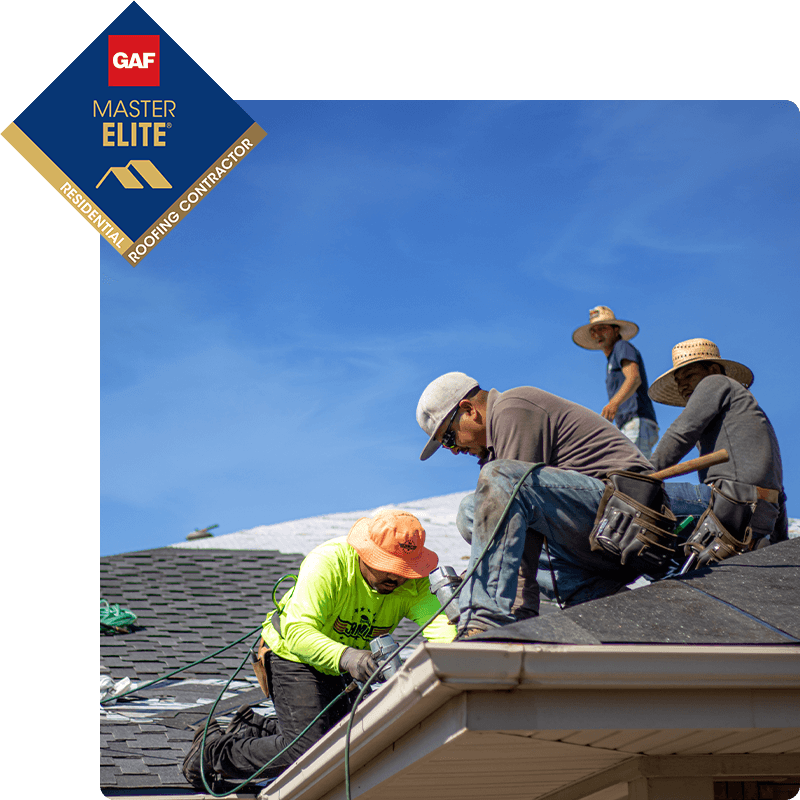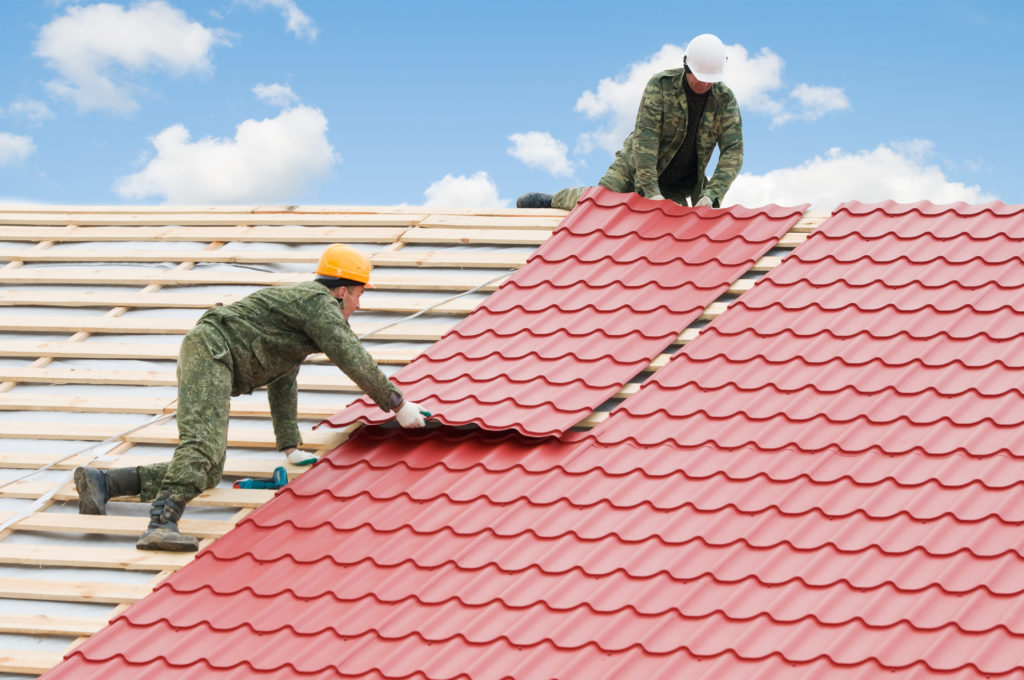A Comprehensive Overview to Effective Roof Flat Roofing System Setup
The complexities of level roofing system installation need a precise strategy, beginning with a comprehensive understanding of different flat roofing types and the necessary materials needed for optimal performance. An effective setup pivots not only on the option of products however additionally on the preparation and implementation of each action entailed in the process.
Understanding Flat Roofing System Kind
When thinking about level roof coverings, it is important to recognize the various types offered, as each offers unique benefits and negative aspects customized to specific needs. The most typical kinds of level roof coverings consist of Built-Up Roof covering (BUR), Modified Bitumen, and Single-Ply membranes.
Built-Up Roofing consists of multiple layers of asphalt and gravel, providing outstanding toughness and climate resistance. It is specifically valuable in locations vulnerable to extreme climate condition however might need more maintenance due to its complex construction.
Changed Asphalt is a prominent option for its simplicity of installation and flexibility. It frequently employs a self-adhesive or torch-applied method, which can be advantageous for fast repair services and long-lasting performance. Its lifespan can be much shorter compared to BUR.
Single-Ply membranes, consisting of Thermoplastic Olefin (TPO) and Ethylene Propylene Diene Monomer (EPDM), are identified for their light-weight nature and energy effectiveness. These materials are typically favored for business buildings because of their cost-effectiveness and simplicity of installation (Cleveland Roofing Specialists). They might not provide the exact same degree of insulation as other options.
Each roof covering type calls for cautious consideration based upon climate, spending plan, and particular task demands.
Vital Materials for Apartment Roofing
A range of important products are essential for the effective installation of level roof. The selection of products directly influences sturdiness, performance, and general performance.
One of the key materials is the roof membrane layer, which can be constructed from numerous substances such as thermoplastic polyolefin (TPO), ethylene propylene diene monomer (EPDM), or PVC. Each kind offers special benefits, including UV resistance and versatility, which are essential for prolonged efficiency.
In enhancement to the membrane, insulation materials play a substantial role in energy effectiveness. Rigid foam boards or polyisocyanurate insulation are popular options, as they provide superb thermal resistance and dampness monitoring.
In addition, roofing adhesives and sealers are necessary for ensuring a water tight setup. These products must work with the selected membrane to stop degeneration over time.
Planning For Installation
Correct prep work is essential for an effective flat roof covering installment, as it lays the groundwork for a efficient and sturdy roofing system. Begin by conducting a complete examination of the existing roofing framework. Look for indicators of damage, including leakages, rot, or poor drain, which can jeopardize the brand-new roof. Make certain that the underlying products are audio and can sustain the weight of the brand-new roof elements.
Following, gather all essential tools and materials, making certain that they meet sector criteria. This includes water-proof membranes, insulation, flashing, and bolts. Acquaint on your own with the supplier's requirements, as adherence to these standards is important for service warranty functions.
Take into consideration weather condition conditions; prevent setup throughout hefty rainfall or extreme temperatures, which can impact material efficiency. By taking these preparatory steps, you can improve the probability of an effective flat roofing system installation that more helpful hints satisfies both architectural and aesthetic demands.
Step-by-Step Setup Refine
With the groundwork established with extensive preparation, the next stage entails performing the level roof installation systematically. Begin by making certain that the architectural deck is totally free and clean from debris. Next off, install a vapor barrier to stop wetness build-up under the roofing product. This step is essential for preserving the roofing's stability in time.
Following the vapor barrier setup, lay down insulation boards, ensuring they fit firmly together to minimize thermal linking. Protect the insulation with ideal bolts based on the roof kind and neighborhood building codes - Cleveland Roofing Specialists.
Install blinking around perimeters, vents, and any roof penetrations to improve waterproofing. After installation, carry out a thorough inspection to recognize any potential problems prior to ending the project, making sure a trusted and durable flat roof covering system.
Upkeep Tips for Long Life
Routine upkeep is vital to guarantee the longevity and performance of a level roof. Among the primary jobs is to conduct routine evaluations at least twice a year, preferably in springtime and loss. Throughout these evaluations, try to find signs of wear, such as blisters, cracks, or pooling water, which can suggest underlying issues.

Ensuring appropriate drainage is crucial to avoid water accumulation. Inspect and clear rain gutters, downspouts, and scuppers to ensure unobstructed water flow. Furthermore, inspect see seals around vents, skylights, and other infiltrations for any kind of indicators of damage, using caulk or sealant as required to preserve a watertight obstacle.
Lastly, take into consideration specialist maintenance services every couple of years for complete maintenances. By adhering to these maintenance suggestions, you can dramatically extend the life of your flat roof, guaranteeing it stays a trustworthy guard against the components.
Conclusion
Effective level roof covering setup necessitates a methodical strategy including detailed evaluations, material choice, and meticulous prep work. Sticking to the laid out steps throughout the installment process ensures the proper application of roofing membrane layers and insulation while boosting waterproofing with effective flashing setup. In addition, applying routine maintenance practices substantially adds to the durability of the roof. By following these standards, a dependable and resilient level roof covering solution can be attained, efficient in enduring various environmental problems.
The ins and outs of flat roofing installation demand a precise strategy, beginning with an extensive understanding of numerous flat roofing system kinds and the vital materials needed for optimum performance.Correct preparation is necessary for an effective flat roof setup, as it lays the groundwork for a effective and durable roof covering system. After installation, conduct a thorough assessment to recognize any kind of prospective problems before ending the job, making certain a robust and trustworthy flat roof system.
